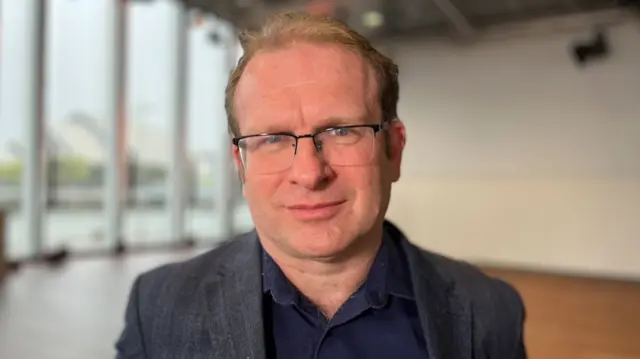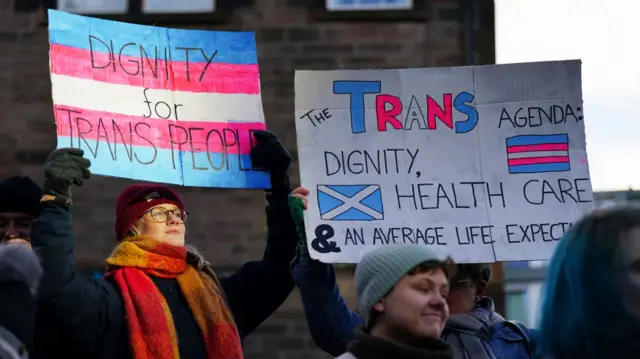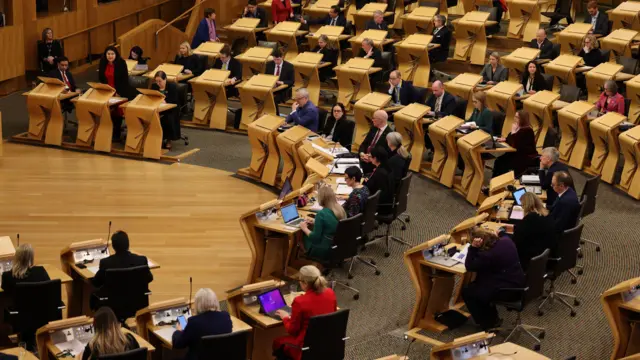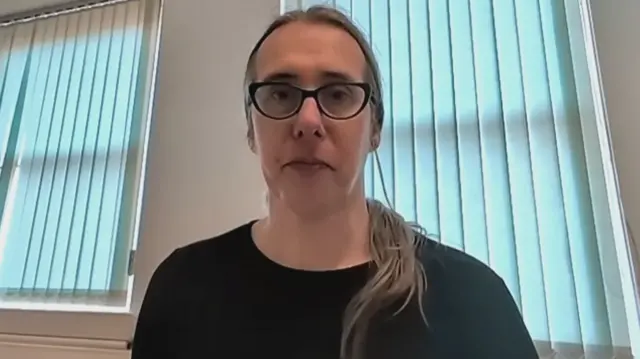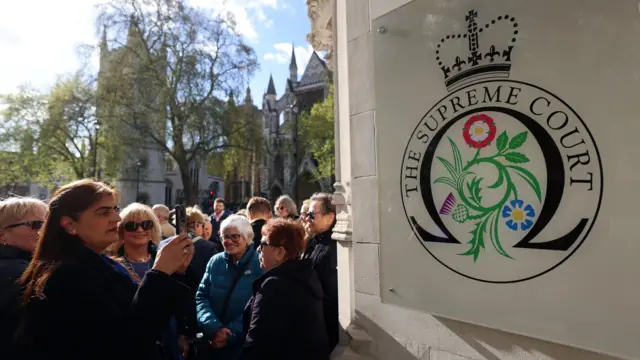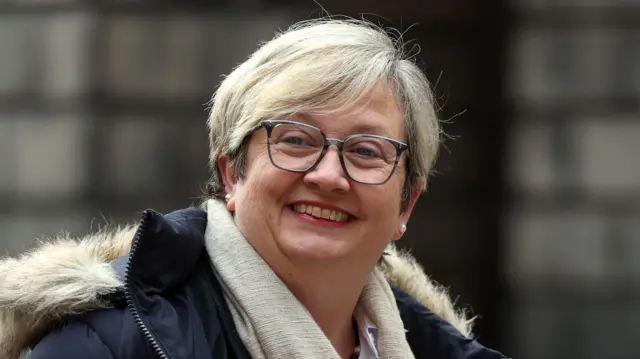
What are the real life implications of this landmark ruling?published at 13:38 BST 16 April
 Philip Sim
Philip Sim
BBC Scotland political correspondent, at the Supreme Court
The application of the law on the ground, in “real life”, was clearly foremost in the minds of the judges.
Take the example of single sex spaces and services - part of the motivation for For Women Scotland bringing this case.
The previous reading of the law was that everything from hospital wards and prison wings to support groups for victims of abuse can exclude everyone but women thanks to exceptions in the Equality Act 2010.
The concern from campaigners was that if people could change their sex with a certificate, and then claim protection against discrimination as a woman, that could be more complicated.
That’s particularly the case on a practical level, given those providing these services aren’t actually meant to ask to see a gender recognition certificate (GRC).
Now, the court is clear that this exemption can continue; the rules underpinning women-only spaces can exclude people with GRCs.
There are still conditions which need to be satisfied - services will have to show that excluding trans people is a limited and proportionate means to achieving a legitimate aim.
Blanket bans are discouraged; there is still a bar to clear.
But For Women Scotland are clearly delighted with the underlying principle, and hope it will lead to clearer guidance for those providing services.
